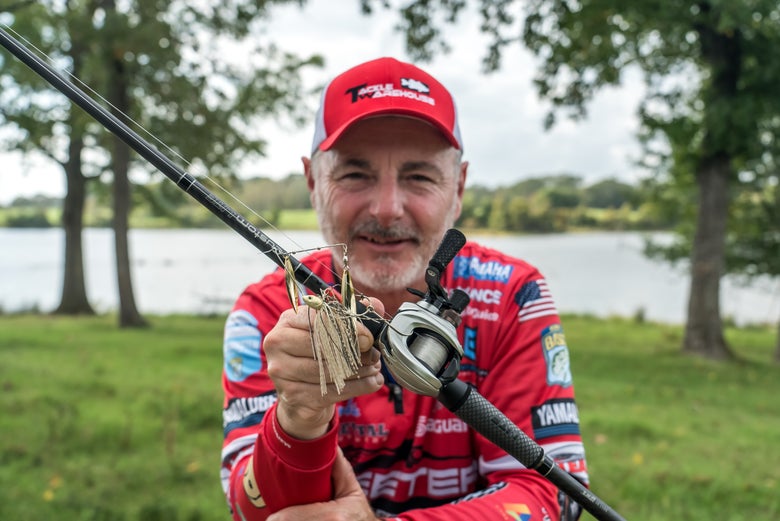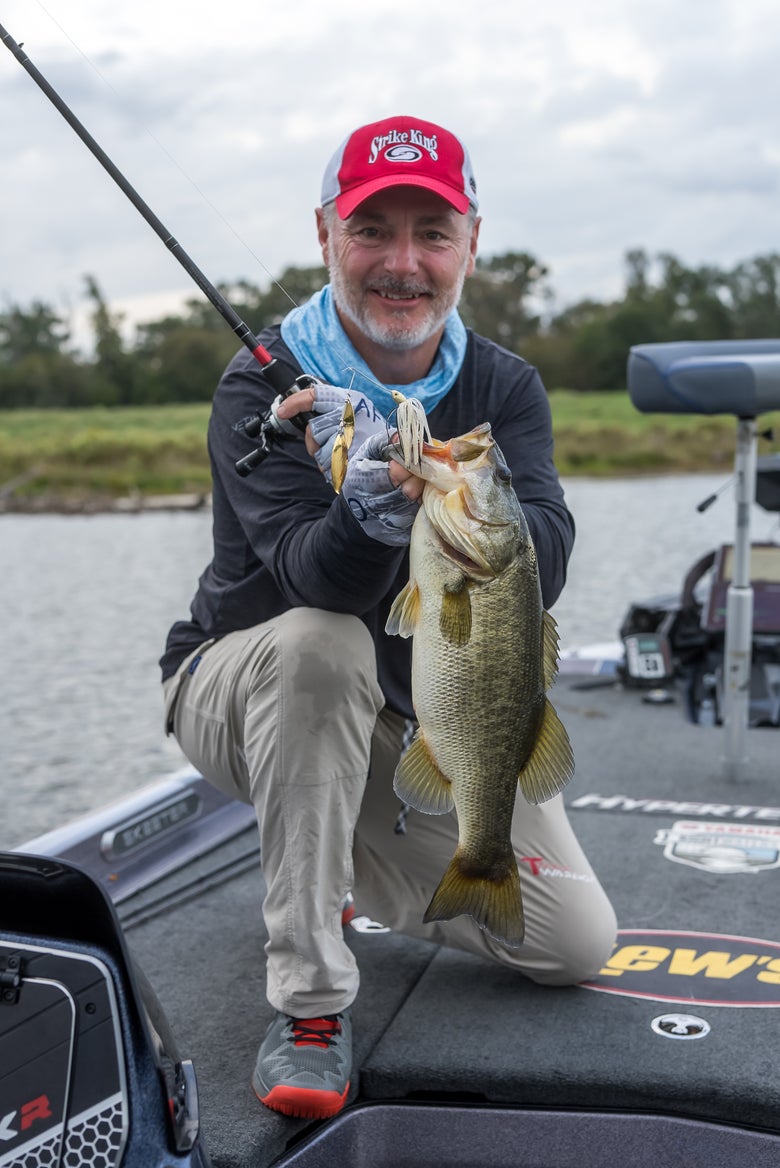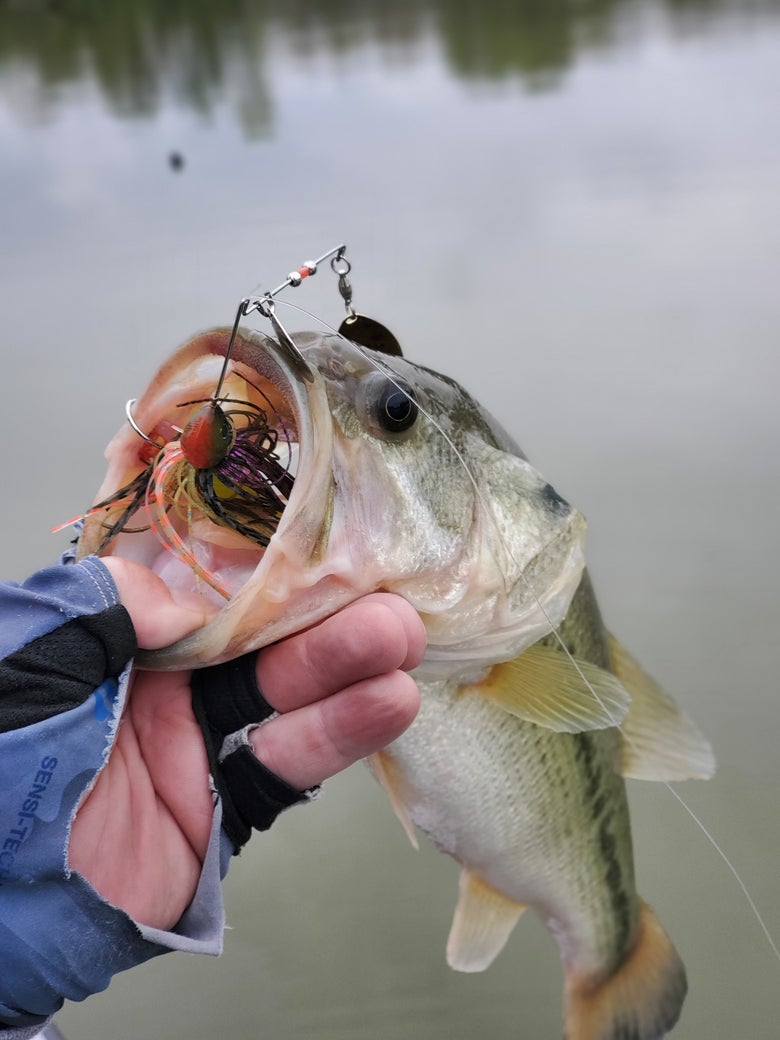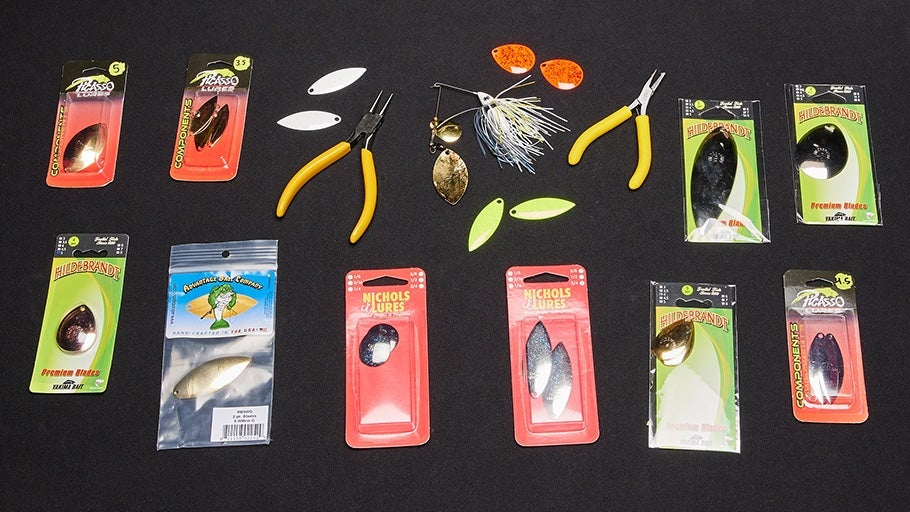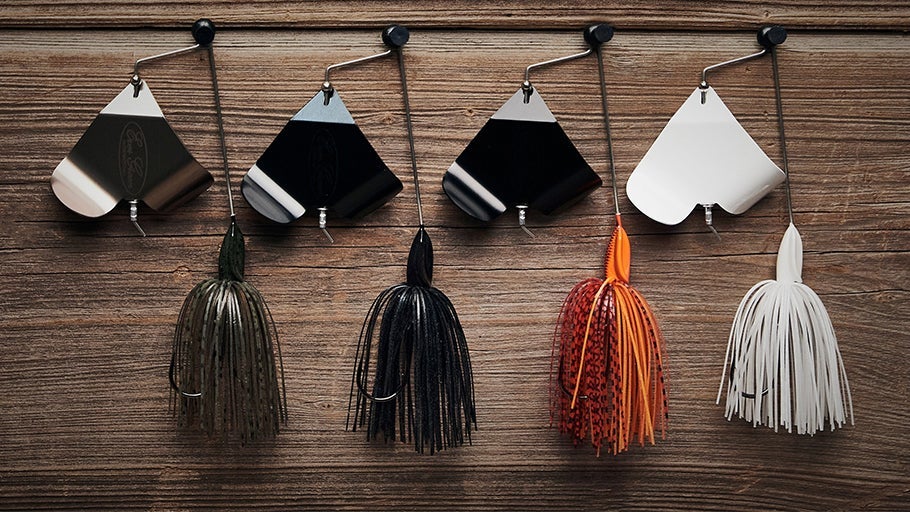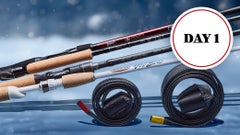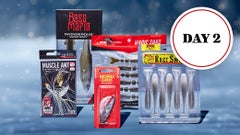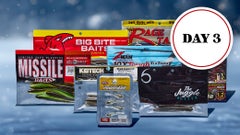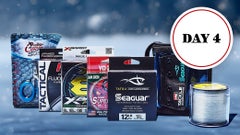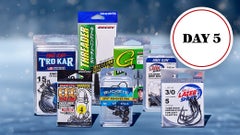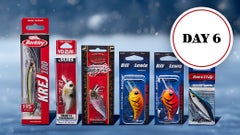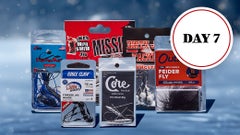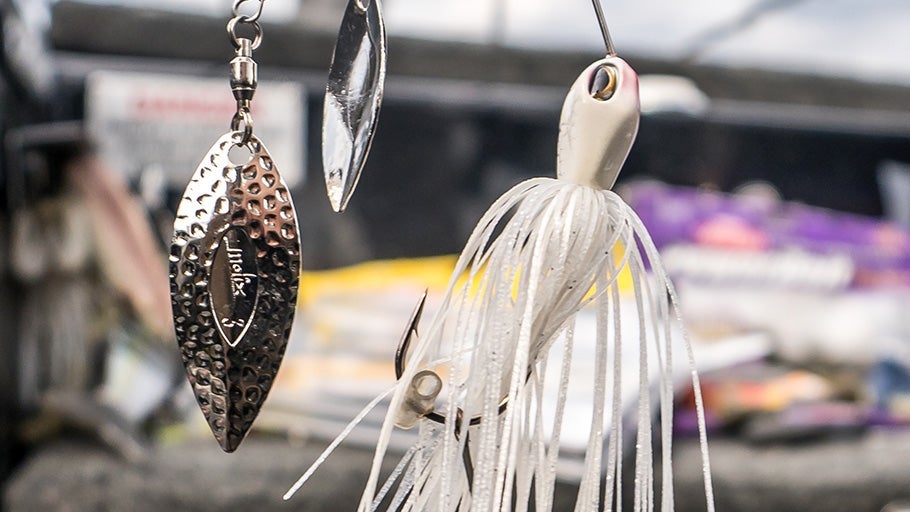
Spinnerbait Gear Guide
In the world of bass fishing, few lures command the respect, legacy, and admiration of anglers quite like spinnerbaits. Whether you’re fishing muddy backwaters or crystal-clear reservoirs, there’s a spinnerbait variation that will entice baitfish-hungry bass to strike with unwavering aggression. From the pre-spawn to the waning days of fall, the spinnerbait’s outright effectiveness and promise of heart-pounding action make it a staple among seasoned anglers.
With an array of blade types—willow leaf, Colorado, Oklahoma, Indiana, French, and double blades—coupled with variations in weight and colors, the spinnerbait offers anglers a dazzling variety of options. However, amidst the sea of choices, finding the perfect combination isn’t that challenging if you understand how water clarity, cover types, and fish behavior play into the bigger picture. In this Spinnerbait Gear Guide, we dive into the nuances of this classic technique and explore the ideal gear you should use, rigging suggestions and modifications, and additional tips for triggering exhilarating strikes from giant bass.
Spinnerbait Rods
Selecting the right rod for spinnerbait fishing typically comes down to the type of cover you intend on targeting. Opting for a shorter rod in the 7-ft range with a medium-heavy to heavy power works best for executing quick, repetitive roll casts to shallow-water targets like docks and tree overhangs. Conversely, when you are slow rolling a spinnerbait through deep water, a medium-heavy to heavy casting rod measuring 7’6” or longer is recommended. The extended length offers a notable advantage, enabling longer casts to maintain the spinnerbait within the strike zone for extended periods and facilitating powerful sweeping hook sets. Additionally, most anglers favor a moderate-fast to fast taper, ensuring optimal responsiveness and control during retrieves and strikes.
Spinnerbait Reels
Spinnerbaits are built to induce reaction strikes with their rapid movement and enticing blend of flash and vibration, so opting for a higher gear ratio reel to match the consistent retrieve and aggressiveness of the fish’s response is crucial. A faster 7:1 gear ratio empowers anglers to efficiently cover expansive stretches of water, accelerating retrieves to provoke aggressive reactions while still retaining the flexibility to slow down as needed. Additionally, a larger 200-size reel offers the necessary capacity and power for longer casts and targeting deep-water structure. For situations requiring agility and maneuverability, a smaller, more compact reel in the 100- to 150-size range is equally effective when navigating tight spots or employing high-speed power fishing along the bank. By tailoring your reel choice to the demands of spinnerbait fishing, you can optimize your performance and capitalize on the lure’s inherent effectiveness in triggering strikes when fished fast along cover.
Spinnerbait Line
Choosing the right line for spinnerbait fishing hinges on various factors, including water clarity and the type of structure you’re targeting. In open-water scenarios, opt for translucent 12- to 20-lb fluorocarbon line, leaning toward the smaller end of the spectrum in clear water, and relying on heavier line in stained conditions. When fishing around tangled structure, grass, and muddy water, running straight braided line in the 40- to 50-lb range offers improved abrasion resistance and boosts sensitivity. Whether you opt for braid or fluorocarbon, tailor your line choice to match the specific conditions and structure you encounter, ensuring maximum effectiveness in enticing strikes and landing trophy bass.
Spinnerbait Modifications & Rigging
Upgrading your spinnerbait setup with a trailer hook proves invaluable in converting missed bites, especially in muddy conditions when fish are relying on their lateral lines for targeting prey. Pairing your spinnerbait with a soft plastic trailer—such as a grub, split tail, or swimbait—not only increases its profile but also provides additional movement to entice nearby fish.
Opting for a smaller soft plastic like a split tail or fluke allows you to add bulk and vibration while still accommodating a trailer hook, a great way to increase your hookup ratio. By fine-tuning your spinnerbait with these modifications, you can capitalize on every opportunity and maximize your chances of landing more fish.
Spinnerbait Tips & Tricks
Mastering the art of spinnerbait fishing involves understanding the nuances of blade selection and presentation techniques tailored to prevailing water conditions. In clearer waters, opt for willow blades that provide tons of attention-grabbing flash. Conversely, in murkier conditions, wider blades such as Colorado or Indiana blades produce a heavier thump, enhancing the lure’s vibration and triggering non-visual feeding cues.
Experimenting with single versus double-bladed spinnerbaits allows anglers to fine-tune vibration levels and the amount of lift during the retrieve. Single-bladed spinnerbaits allow anglers to stay close to the bottom and easily dredge deep ledges, while multi-bladed configurations provide added lift that allows them to skim the tops of grass or navigate shallow flats. Equip yourself with a solid pair of wire-bending pliers and an assortment of non-typical blades including Indiana, oversized Colorado, willow, or turtle shells to customize your spinnerbait arsenal.
Focus your efforts on windblown sides of points or structures, where baitfish congregate and bass lurk in anticipation of an easy meal. Utilize the terrain to your advantage, deflecting your spinnerbait off cover to create additional vibrations and trigger strikes. Experiment with retrieval techniques, alternating between popping, pulling, and varying speeds to entice hesitant bass.
Spinnerbait Colors
Tailoring your spinnerbait color selection to water clarity and prevailing light conditions can significantly enhance its effectiveness in enticing strikes. In murky or low-light conditions, opt for vibrant colors such as chartreuse and dayglo orange, which stand out even when visibility is minimal. You can also use darker colors like blacks, reds, and purples in muddy water and lowlight conditions to cast a silhouette in the water.
Alternatively, when fishing in clearer waters or during daylight hours, consider using more naturalized shad, bluegill, and baitfish patterns. By selecting spinnerbait colors that mimic the local forage and complement the prevailing conditions, you’ll maximize your chances of success on the water.
Understanding the nuanced components, techniques, and environmental factors will help you master the art of spinnerbait fishing. From selecting the right rod, reel, and line, to fine-tuning blade combinations and color choices, every aspect plays a crucial role in enticing strikes and landing trophy bass. Whether targeting shallow flats or deep-water structures, the versatility of spinnerbaits allows anglers to navigate diverse water conditions with confidence, covering water efficiently and maximizing their chances of success.
